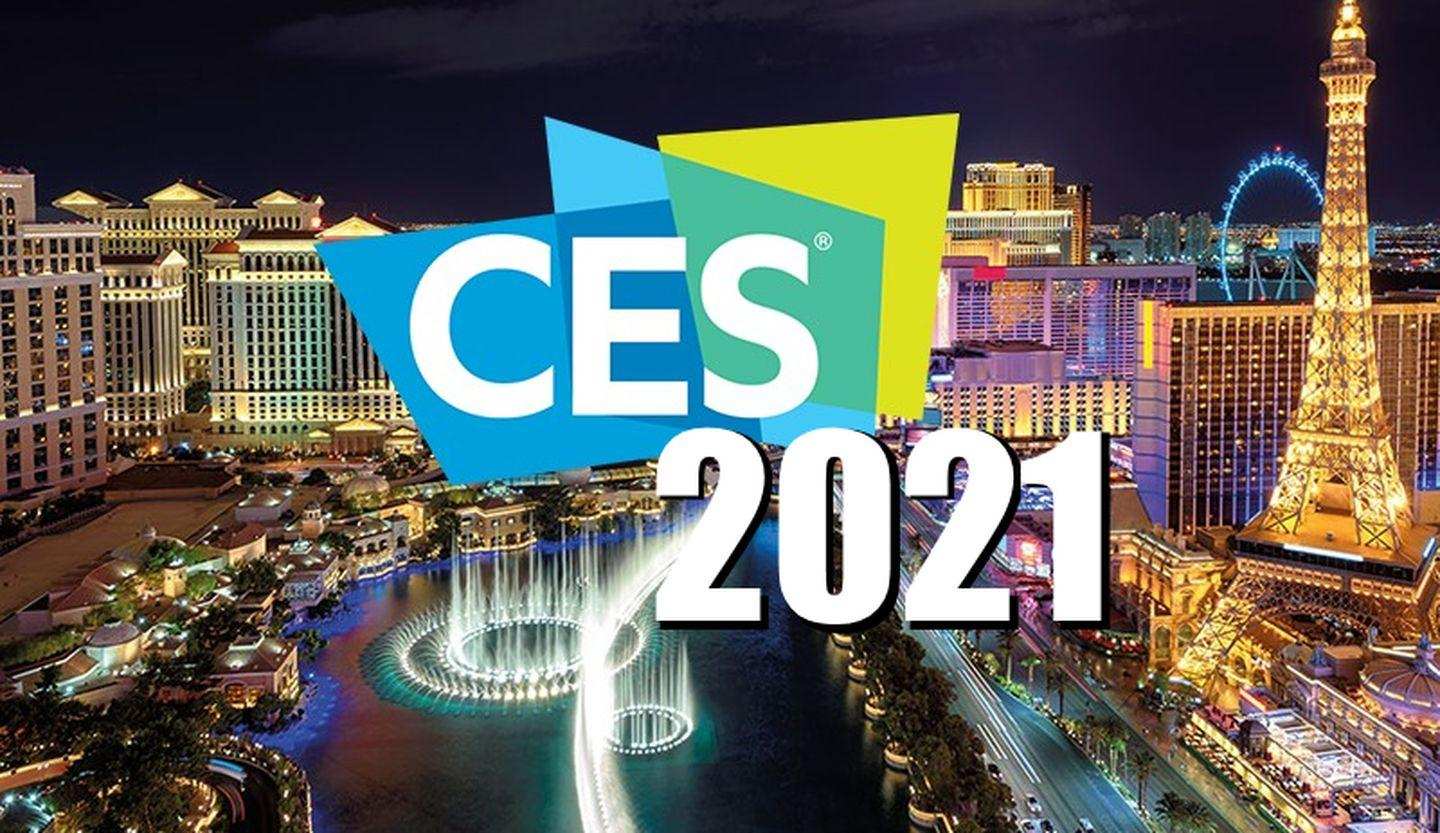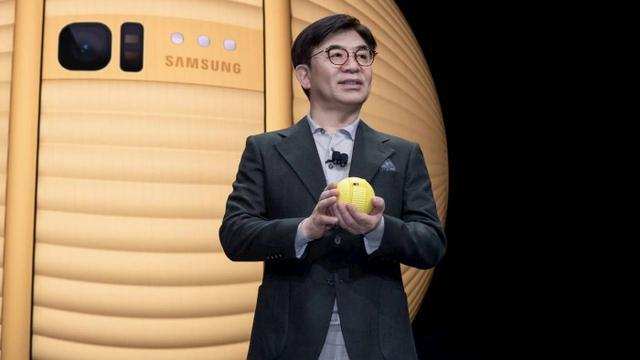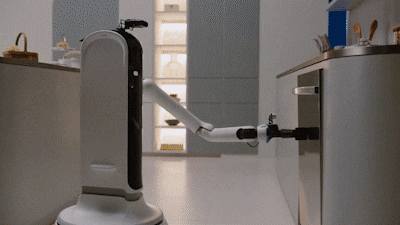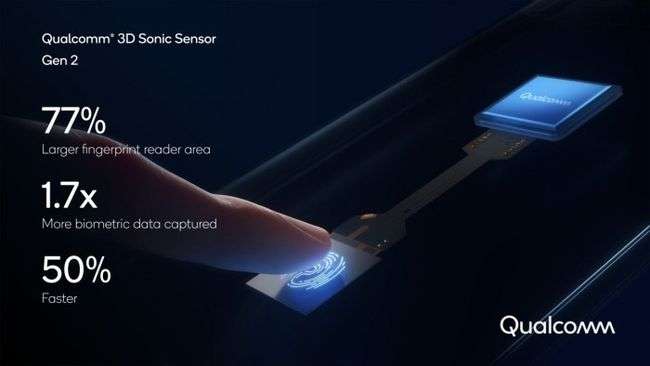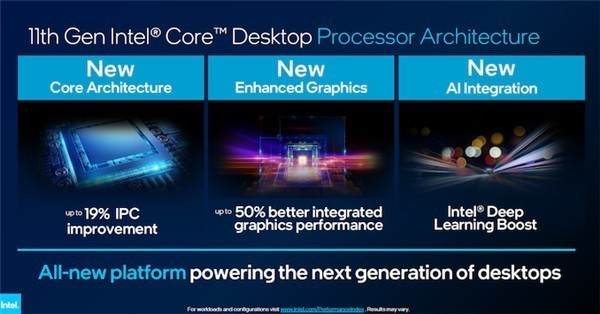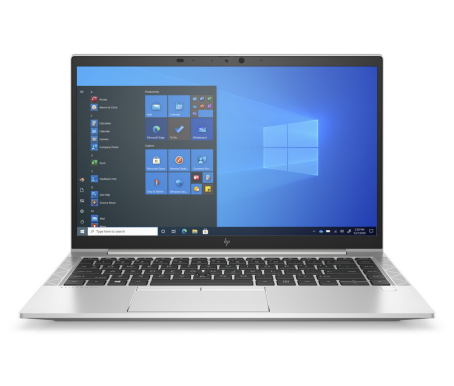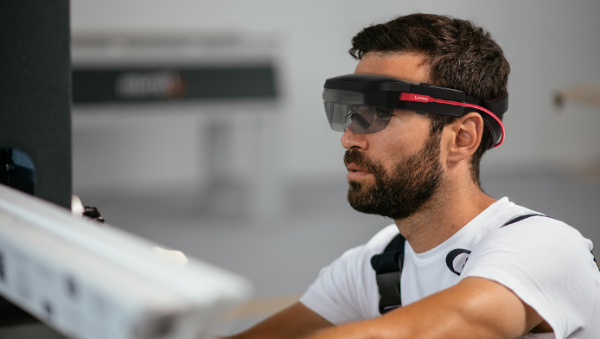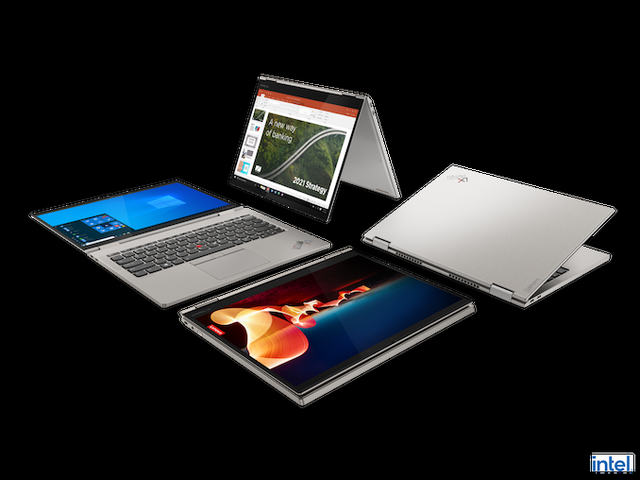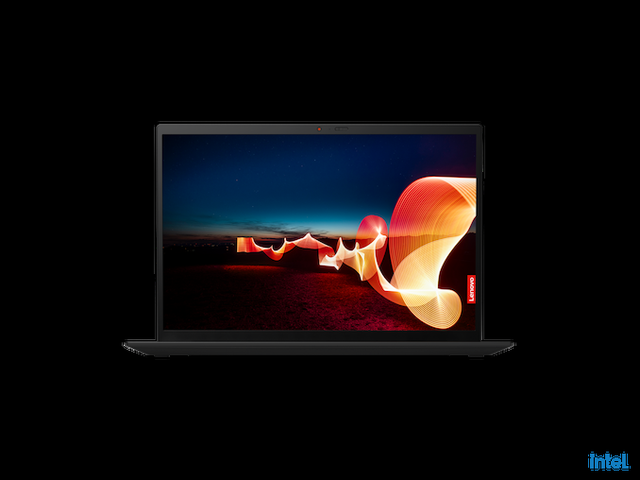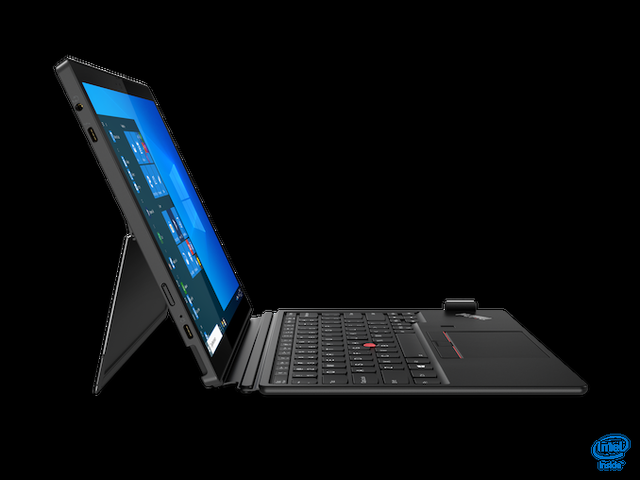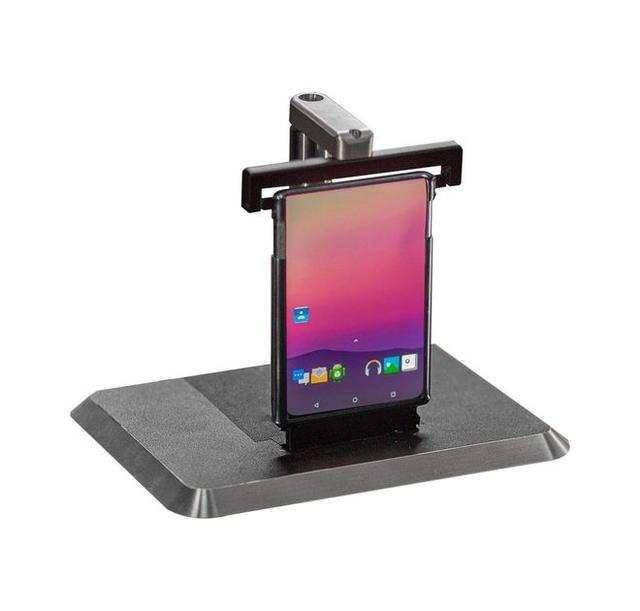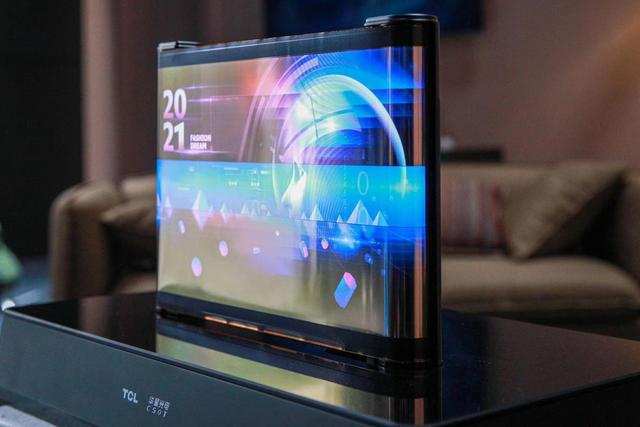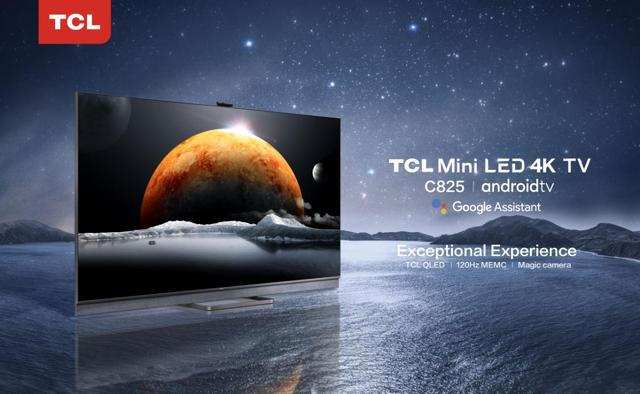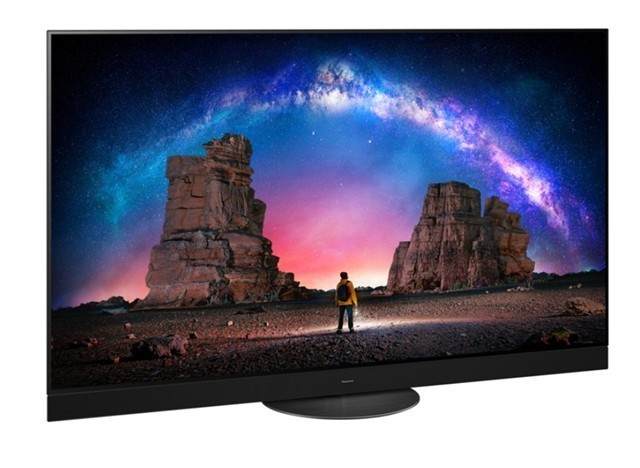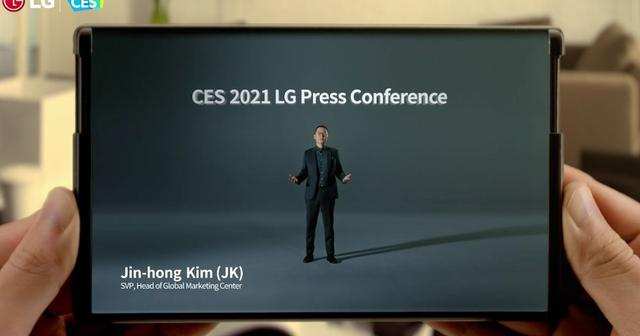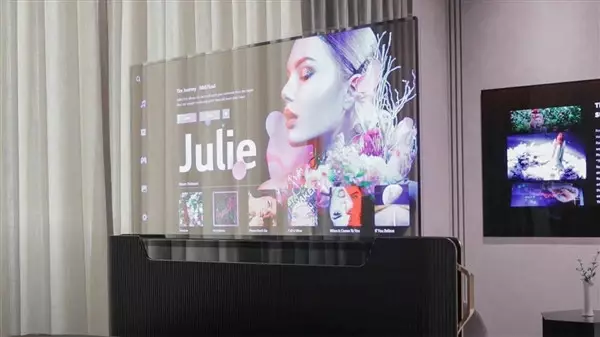Many manufacturers release new products
On January 12, 2021 Beijing time, the 2021 International Consumer Electronics Show (hereinafter referred to as CES) kicked off online. The entire exhibition is divided into four key sectors: 5G, Smart City, Digital Medical and Smart Transportation. Today is the first day of CES. Let Xiao Lei take you to review several important products released today.
Samsung Smart Robot
As early as the CES conference in 2020, Samsung put forward its vision for artificial intelligence products. At the CES 2021 scene, Samsung finally brought a series of personalized robots, which also hinted that artificial intelligence will affect the subsequent Samsung The product has an important impact.
The first to debut is a rolling personalized robot called Ballie. Samsung said Ballie can play the role of a safety robot, a fitness assistant, a tool that helps the elderly use smart devices at home, and can even become a friend of children and pets. .
Several robots to be released later are mainly for cleaning purposes, including JetBot AI Plus robot vacuum cleaner, Bot Care personal assistant robot and Bot Handy robot, which can clean up debris and move things in the room.
Bot-Care and Bot-handy are the most futuristic technologies. The former will customize exclusive reminder services for users according to their daily arrangements and habits, and will also use AI technology to respond to users’ answers. Another robot, Bot-handy, can help users organize messy rooms or tableware after meals.The robot arm can complete simple operations such as pouring wine and cleaning dishes.
It’s a pity that although Samsung claims that these robots have worked perfectly in the test environment, this does not mean that consumers will be able to buy such home robots soon. Therefore, at the meeting, Samsung did not announce the price and launch date of these robots.
As a product of artificial intelligence, intelligent robots can provide humans with more convenient life services in the future, and perhaps many difficult tasks will be replaced by robots in the future.
Qualcomm’s new under-screen fingerprint sensor
Since the outbreak of the epidemic, there have been more and more scenes of wearing masks. Because face unlocking needs to recognize the user’s facial contours and features, fingerprint unlocking is more convenient and practical than face unlocking when wearing a mask. , The importance of fingerprint recognition has gradually become prominent.
At CES 2021, Qualcomm brought the second-generation ultrasonic under-screen fingerprint reader 3D Sonic Sensor Gen 2. Compared with the previous generation, the main improvement lies in the recognition speed and recognition area. The official said that the scanning area of the fingerprint reader under the second-generation ultrasonic screen is 8mm*8mm, while the initial representative area is only 4mm*9mm, an increase of 77%. This technology will enable users to perform fingerprint recognition without aligning their fingers 100% to the recognition area given by the screen. At the same time, the second-generation fingerprint reader will increase the speed of unlocking the phone by about 50% compared to the first-generation.
Qualcomm also stated that the first Android flagships equipped with Qualcomm’s second-generation ultrasonic fingerprint readers will be launched in early 2021. Previously, industry insiders broke the news that the iPhone 13 series will adopt an under-screen fingerprint design, and this second-generation ultrasonic under-screen fingerprint reader newly launched by Qualcomm is likely to become Apple’s first choice.
Intel 11th generation processors
Intel’s eleventh-generation Core desktop processor also appeared at this CES 2021. It will be composed of Rocket Lake-S and Comet Lake-S architectures, including 6 cores above Core i5/ The 8-core processor will use the Rocket Lake-S architecture, and the Core i3/Pentium/Celeron processors will use the Comet Lake-S architecture.
The highest single-core/turbo frequency of the new i9-11900K has been able to reach 5.3/4.8GHz. Intel officials also compared the performance of the game with AMD Ryzen 5900X in the video. In the case of the same RTX 3080 graphics card, the i9-11900k does have an advantage, but the lead is not large.
The 11th generation Core desktop processor of Rocket Lake-S architecture will be on sale in the first quarter of 2021. As the boss of mobile and desktop, Intel has slowed down significantly in recent years. This has given rival AMD an excellent opportunity. Although AMD is still unable to compete with Intel in terms of market share, as time goes by , Intel is likely to give up the first place.
HP notebooks and monitors
HP brought many products at CES 2021, such as the second-generation Elite Dragon series mobile super-powered thin and light notebook HP EliteBook 840 G8 Aero, HP Envy 14 high-performance thin and light notebook, HP M-series HD monitor, HP E24u G4, HP E27u G4 USB-C monitor and laptop bag, etc.
The HP Envy 14 high-performance thin and light notebook uses Intel’s latest 11-generation Core Tiger Lake processor, equipped with 16GB DDR4-3200 memory, and NVIDIA GeForce GTX 1650 Ti discrete graphics. In addition, this notebook supports Thunderbolt 4 interface, the starting price is 1099 US dollars (equivalent to about 7103 yuan). It will be sold through pre-sale on the official website this month.
HP EliteBook 840 G8 Aero provides users with a better choice for thin and light business notebooks. The whole machine weighs only 1.13 kg, is equipped with Intel’s 11th generation Tiger Lake CPU, supports Wi-Fi 6 and Bluetooth 5.0, and Users can also choose a version that supports 5G communication functions. HP said this product will be available in March this year at the earliest.
HP’s intention is very clear. It hopes to grab more market share through high-performance, ultra-light and thin products. Of course, high-powered products are not enough, and the price must be kind.
Lenovo smart glasses and ThinkPad
Lenovo will give priority to showcasing the new ThinkReality A3 glasses at CES 2021, which is a head-mounted smart device for work scenes. ThinkReality A3 is equipped with the Snapdragon XR1 platform, which can display 5 virtual images with a resolution of 1080P at the same time. There is an 8-megapixel fisheye lens on the two outer corners of the glasses, which can provide users with dual 1080P resolution VR images.
ThinkReality A3 glasses are also divided into a personal computer version and an industrial version. The former can be connected to a personal computer and can be used with software tools on the Windows platform as required.And application use. The industrial version of ThinkReality A3 glasses need to be connected to some smartphones (such as MOTO). After connection, the glasses can read barcodes, recognize specific objects, recognize images, and respond to user voice or gesture commands. For work communication guidance and AR remote technical support, etc.
Lenovo said that this smart glasses can greatly improve the work efficiency of office workers and some industrial workers, and can also meet the working environment and needs of companies of different nature.
It is reported that Lenovo’s two products will be available for pre-sale in July this year, and prices will not be determined until they are close to the market. In the future, smart glasses will combine environmental factors such as 5G, artificial intelligence, and the Internet of Everything to become an inseparable part of users’ daily lives, and there is even a trend to completely ban smart phones.
In addition, Lenovo also brought a number of brand new laptops including Yoga Slim 7i Pro, ThinkPad X1 Titanium Yoga, ThinkPad X1 Carbon Gen 9, ThinkPad X12.
The most popular one is ThinkPad X1 Carbon Gen 9, which uses Intel’s 11th generation Tiger Lake Core processor (integrated with Iris Xe core display) and supports Wi-Fi 6 module. Users can also choose according to their needs LTE / 5G mobile network version.
ThinkPad X1 Carbon Gen 9 is equipped with a 16:10 aspect ratio screen, which not only provides a wide vertical display area, but also supports HDR400 and covers 100% P3 color gamut. The body weight of 1.13kg will also make it an office tool for many business people. ThinkPad X1 Carbon Gen 9 will meet with consumers around February this year, with a starting price of US$1,429 (about 9241 yuan).
ThinkPad X12 Detachable is a detachable keyboard-style deformed notebook, weighing only 1.1kg, and its 12.3-inch screen can support stylus touch. The processor also uses Intel’s 11th generation Tiger Lake Core processor (optional LTE mobile network module). The machine will be launched in January, with a starting price of US$1,149 (approximately RMB 7430)
TCL flexible screen
The TCL exhibiting at CES 2021 this time will bring the latest printed OLED scroll screens, AMOLED cloud scroll screens, QLED TVs, MiniLED TVs and TCL 20 series mobile phones.
The first product is the 6.7-inch AMOELD cloud scroll screen. The user can “pull” the flexible screen that is rolled inside the fuselage by sliding to expand the 6.7-inch screen to 7.8 inches. At present, most of the folding screen mobile phones on the market have a thickness of more than 14mm after folding. The thickness of the TCL Yunjuan screen will not change during the sliding process, and it is maintained within 10mm, which is lighter and thinner in comparison. TCL said that many terminal manufacturers have begun to contact this product and are in the stage of in-depth adaptation, but which manufacturers are still in the confidential stage.
Another flexible screen is the world’s first 17-inch inkjet printing flexible screen launched by TCL Huaxing. Its internal RGB light-emitting components use high-precision inkjet printing technology. Compared with ordinary flexible screens that are still using the traditional evaporation process, this process has the advantage of lower production costs.
This is also the world’s first printed display technology, which can be applied to flexible TVs, curved and foldable displays, transparent commercial displays, etc. It is expected to launch related products in 2024.
In addition, TCL also announced the latest progress of Mini LED at the exhibition. They developed the OD 0 Mini LED technology. One of the major features of this technology is that the panel can be very thin. OD 0 Mini LED can combine the light source with The distance of the panel is reduced to a micron distance.
On the whole, TCL’s advantage is still in the screen panel. After all, this is its old line. In the future, TCL will provide better screen panels for more TVs and mobile phones.
Panasonic automatic refresh rate TV
As an older generation in the TV industry, Panasonic will naturally not let go of this opportunity to show off muscles. Panasonic will bring a JZ2000 OLED TV equipped with an HCX Pro AI processor at the exhibition, which can automatically optimize pictures according to the viewing content And sound quality, available in 65-inch and 55-inch sizes.
The screen adopts the 4K resolution Master HDR OLED panel independently developed by Panasonic, and the built-in HCX Pro AI processor can automatically analyze the screen using artificial intelligence and adjust each frame of the screen. Makes the displayed picture more textured.
In addition, the intelligent system supports voice control. At present, the official has not announced the price and release date of the TV.
LG Transparent TV
LG also announced a flexible screen product LG Roll at CES 2021Able, its appearance and implementation principle are very similar to the scroll screen mobile phone shown by OPPO before, and both use mechanical scroll design. But when it will finally go public, LG has not yet given an accurate time point.
In addition, LG also brought a 55-inch transparent OLED TV. It is reported that its transparency has reached 40%, which is a significant improvement compared to the 10% transparency in previous years. However, transparent OLED TVs are no longer a novelty. After all, many manufacturers have shown corresponding products before, and Xiaomi has also achieved mass production of transparent OLED TVs. In general, decoration is greater than practical.
The above are just the tip of the iceberg. After all, today is only the first day of CES 2021. There are still many products of these companies that have not been exhibited. Follow-up Lei Technology will continue to pay attention to this technology feast, bringing you the latest The finishing summary.
